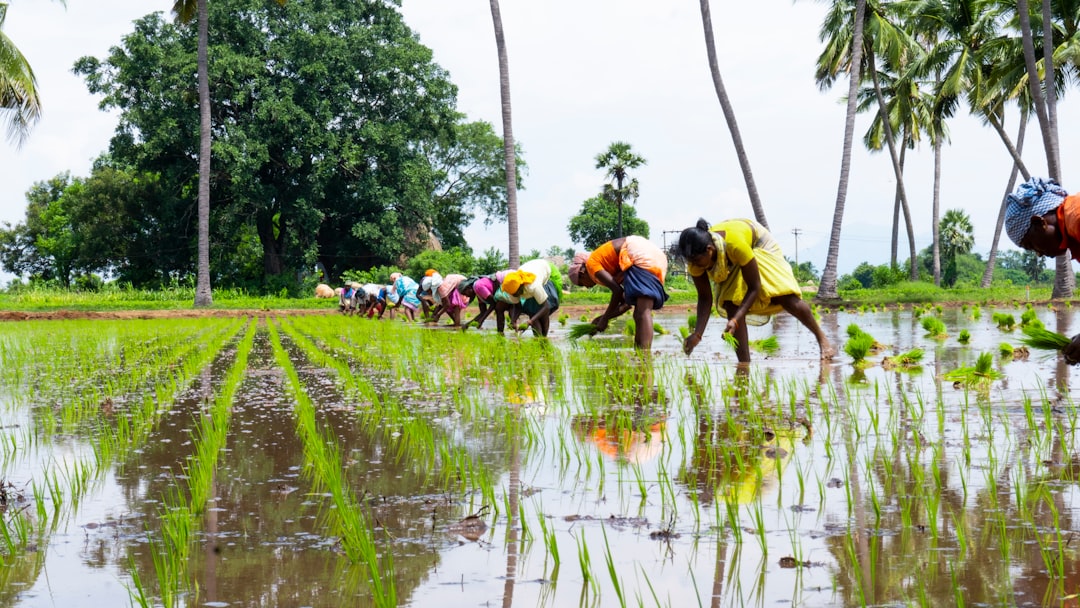Naxalite
How or rather where does this word that is not a part of the English lexicon come from?
During the Raj, the British used a system of land ownership called Zamindari to keep the tax revenues flowing to them. The Zamindars were allocated responsibilities of lands and their titles by extension. They would allow farmers to work the land and provide them with a sliver of the revenue generated from the land. The farmers remained forever poor. They often struggled for food since most of it was taken away as tax. This is the subject of the Oscar-winning movie Lagaan.

This sort of practice led to the famine in Calcutta in 1943. This should be called the Churchill Famine since he engineered it by sending all the grains from India to the battlefronts of the Second World War. An estimated 3 million died in Bengal. Only 880,000 British soldiers died in the war. If the Germans had concentration camps, the British had India.
I digress.
After Independence, Nehru promised a more socialist government. It was expected that the concentration of power in the hands of the few would be relaxed. That did not come to be.
The Communist movement in India had been developing and growing over the years. India was also deeply influenced by Russia and given Nehru’s socialist promises, a movement to demand the delivery of those promises began. In 1967 the All India Coordination Committee of Communist Revolutionaries was formed. They were willing to go to any lengths to secure equality.
On May 21, 1967, as was his custom, Bigul Kisan went to harvest the crop on the fields of a landlord in the Naxalbari district in northeastern West Bengal. This particular day was different, however. He was to take over the land as his own, per the instructions of the Krishak Sabha (Farmer’s Union), a peasant organization of the Communist Party of India (Marxist), commonly known as the CPM. As Bigul Kisan would describe the incident twenty years later, “The goons of the landlord attacked me. They nearly crushed my head. They took away my plough and oxen.” That spark set off a wave of peasant attacks on landlords.
On May 24, when the police tried to defend the landlords, two arrows from peasant bows killed Constable Sonam Wangdi. All the village men then went into hiding, leaving the women to form a barricade against further police force. The police stepped up its offensive, shooting and killing nine women and two children. Armed rebels continued to attack landlords. The CPM, which had unexpectedly vaulted into power as part of a United Front coalition government in the state assembly election that February, was initially sympathetic to the rebels. But by mid-June the CPM assumed its governmental role of maintaining law and order. The Chinese jumped in to counter the CPM’s anti-rebel position.
On June 28, Radio Peking lauded the rebels as the “front paw of a revolutionary armed struggle,” adding that the peasant movement was inspired by Mao Zedong, chairman of the Chinese Communist Party.
Indian authorities began repressive measures against peasant rebels on July 12. Backed by colonial-era laws, which permitted arrests without charges and trial, Indian police launched a major operation to round up the rebels and their leaders. By the end of July, about 1,500 armed policemen had established themselves in Naxalbari. Under the overwhelming force of the police, Bengal’s armed peasant movement folded.
Since the armed rebellion started in Naxalbari, the people engaged in the rebellion were referred to in Hindi as Naxalwadi.
That is how we arrived at Naxalite. Today the word is used in common parlance to refer to any group of people in the country willing to pick up arms to defend their territory from government control.

